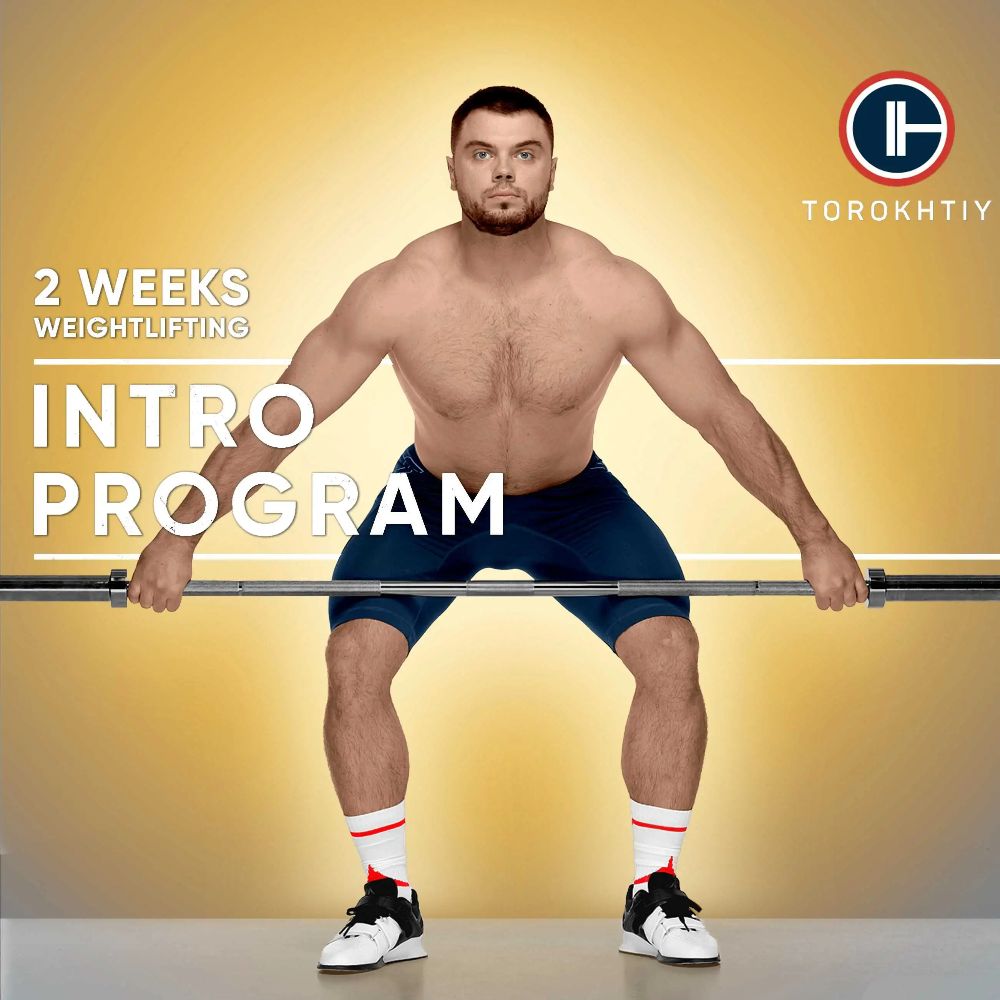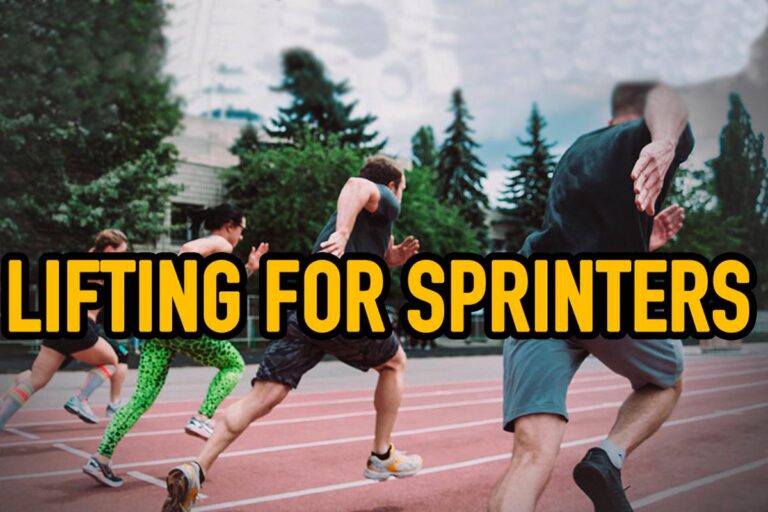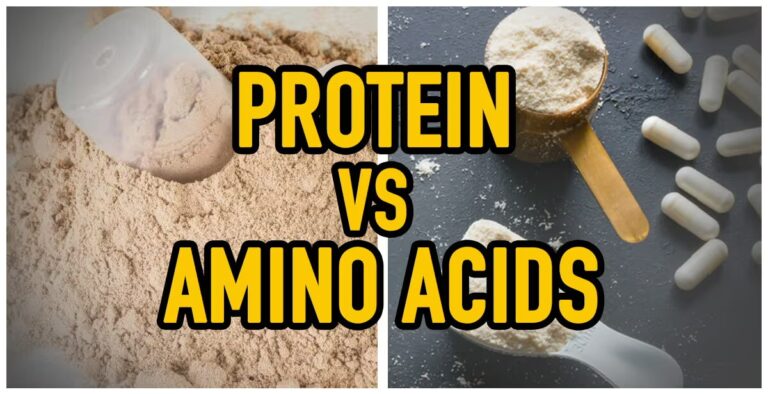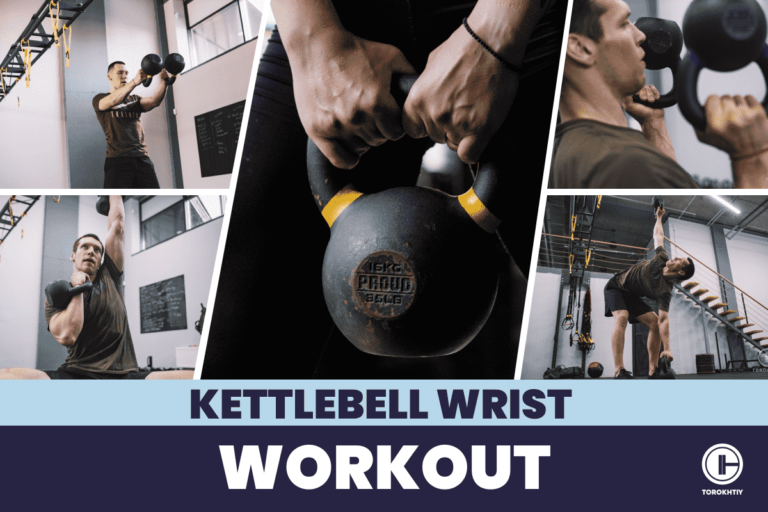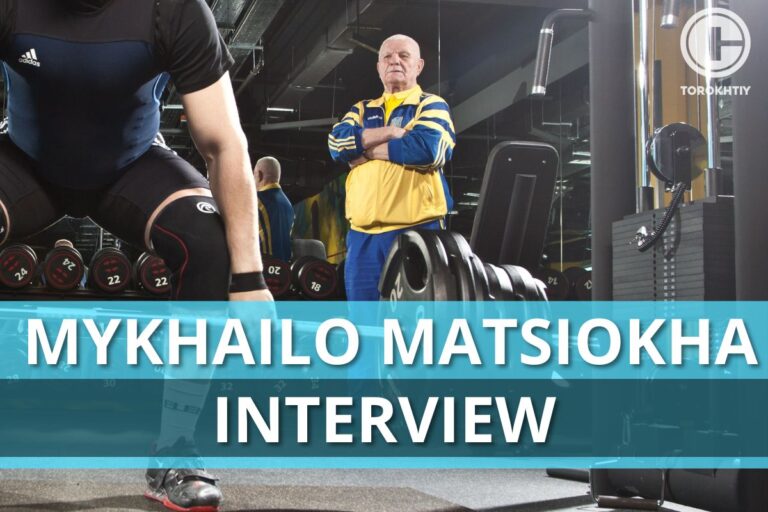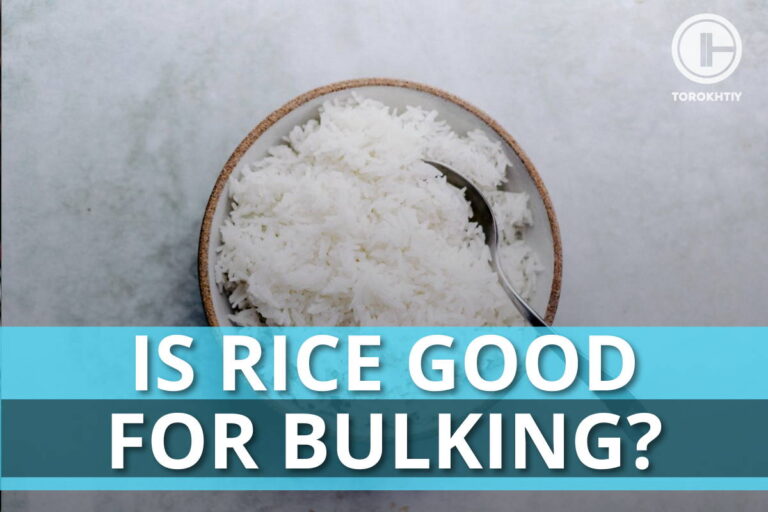Volume vs Intensity – Who Wins in Olympic Weightlifting?
Embarking on the journey of Olympic weightlifting? You are entering a world that requires technique, power, strength, mobility and clear understanding of key training principles. There are two essential parameters you must comprehend – volume and intensity. This article will delve into the specifics of volume and intensity in weightlifting, how to measure and manipulate them. Let`s unravel these concepts and empower you to better control your training process.
There is no clear answer to what is better volume vs intensity. For muscle growth, higher volume, means more sets and reps, is beneficial. For power and maximal strength typically needed high intensity, means – heavy single lifts. So a balanced approach with periods focusing on each is most effective.
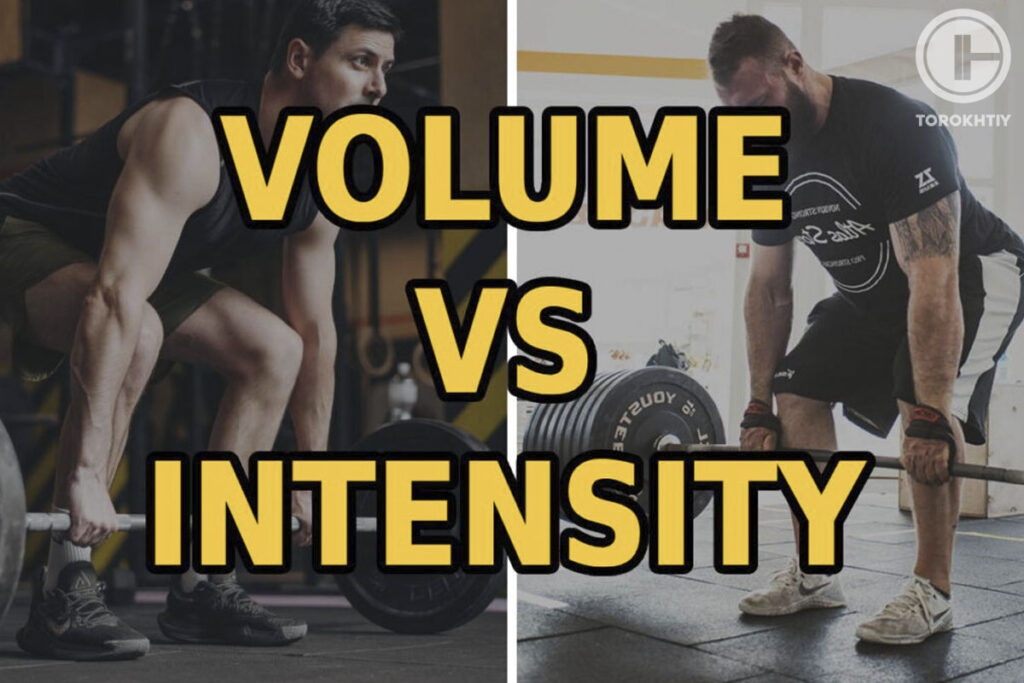
What Is Training Volume?
Volume in weightlifting refers to the total amount of work done for a specific period of time (exercise, session, week, mesocycle). It is usually calculated as the number of reps. In the early days coaches used to calculate weight in kg or even tonnage.
Training volume can be a solid factor in training routine, because it directly impacts on adaptation, muscle growth and strength. This idea is based on the science principle of overload, which suggests that in order to progress, athletes need to continuously increase the volume and training stress on their bodies.
It is important to manage volume smartly. Low amount of load may not provide enough stress for improvement, while too much can lead to overtraining and provoke injuries.
So you may also wonder, what is high volume training? Well, it depends, but shortly it involves performing a high number of sets and repetitions for each exercise and brings descent fatigue.
The optimal volume can vary widely, because it depends on factors, such as gender, training level, age, recovery capacity and goals of course.

What To Measure Volume In Weightlifting?
In modern Olympic weightlifting volume is usually measured in total reps, but also as a total tonnage, which is calculated by multiplying the kilos lifted in each set by number of reps and then adding up the results for all sets.
Depending on school and athlete level load can be calculated from 50 or 70% of 1 RM.
Let’s take a look on example what is volume in working out and approach to its calculation:
- Snatch:
2 sets of 3 reps at 70 kg, 3 sets of 2 reps at 80 kg, 2 sets of 1 rep at 85 kg
- Snatch Pull:
2 sets of 4 reps at 85 kg, 2 sets of 3 reps at 100 kg
- Back Squat:
2 sets of 6 reps at 105 kg, 3 sets of 4 reps at 120 kg
Now we calculate tonnage of each exercise:
- Snatch:
2 sets x 3 reps x 70 kg + 3 sets x 2 reps x 80 kg + 2 sets x 1 rep x85 kg = 1070 kg
- Snatch Pull:
2 sets x 4 reps x 85 kg + 2 sets x 3 reps x 100 kg = 1280 kg
- Back Squat:
2 sets x 6 reps x 105 kg + 3 sets x 4 reps x 120 kg = 2700 kg
Total volume workout definition is 5050 kg and 52 reps.
This is a answer to the question – what is volume in weightlifting. It is important to keep in mind that volume isn`t the only parameter that matters in the weightlifting program.

What Is Training Intensity?
Weightlifting intensity refers to the tensity or quality of training work. There are four parameters of which intensity consist and which you need to monitor in the training process:
- absolute intensity, measures in kg;
- relative intensity, measures in % from 1 RM;
- reps distribution between intensity zones, measures in reps and %;
- rate of perceived exertion (RPE), measures from 1 to 10.
Intensity is a crucial aspect of training as it determines the level of stress placed on the athlete. In general higher intensity (means higher % of the 1 RM) are typically used for developing power and maximal strength, lower rate intensity mostly used for muscle growth improving technique and strength endurance.
What To Measure Intensity In Weightlifting
Let’s dive a bit deeply to parameters of which intensity consist:
1. Absolute Intensity
In the context oа Olympic lifts, absolute intensity refers to actual average weight irrespective of an athlete`s maximum capacity.
For example:
- Snatch:
2 sets of 3 reps at 70 kg, 3 sets of 2 reps at 80 kg, 2 sets of 1 rep at 85 kg
First we will found out volume in kg in this exercise – 1070 kg
Then will split it on volume in reps – 14 reps
1070 kg / 8 reps = 76,4 kg
Absolute intensity can be useful in planning, analyzing and comparing the weights lifted by different athletes or by the same lifter over time.
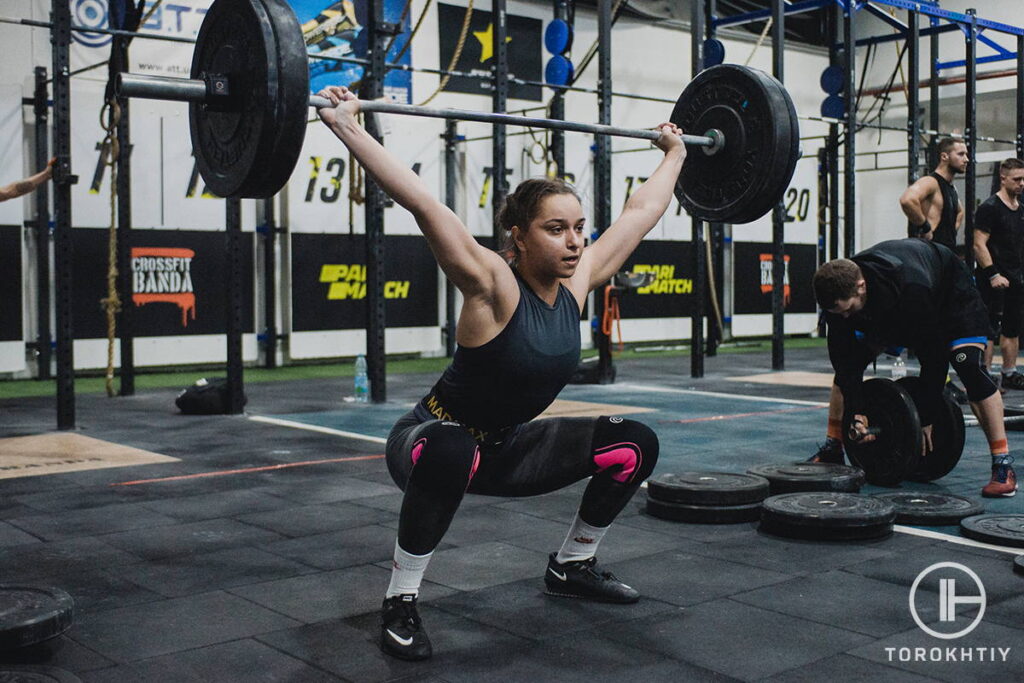
2. Relative Intensity
In Olympic weightlifting relative intensity refers to the relation of weight of the bar to the one repetition max. It can be calculated to one specific lift or to whole exercises load, ect.
Let’s take a look on examples:
If an athlete`s snatch 1 RM is 110 kg and during the session he snatched 85 kg, the related intensity of this attempt will be – 77,3 % (since 85 kg is 77,3% of 110 kg).
Another case, full snatch exercise calculation, if an athlete`s snatch 1 RM is 110 kg:
- Snatch:
2 sets of 3 reps at 70 kg, 3 sets of 2 reps at 80 kg, 2 sets of 1 rep at 85 kg
First we will found out volume in kg in this exercise – 1070 kg
Then will split it on volume in reps – 14 reps
1070 kg / 8 reps = 76,4 kg
His snatch exercise absolute intensity is 76,4 kg and the related intensity will be – 69,5 % (since 76,4 kg is 69,5 % of 110 kg).
However related intensity can also refer to assistance exercises. Let’s say the same athlete performs a set of snatch pulls with 120 kg. In this case related intensity will be – 109 % (since 120 kg is 109 % of 110 kg).
It is important to mention that in Olympic weightlifting we calculate related intensity of all snatch exercises from 1 RM in competitive snatch and all C&J exercises from 1 RM in competitive C&J. There can be exceptions in Back Squats, because some coaches can plan them from 1 RM in C&J and some from 1 RM in Back Squats.
Related intensity is very important in planning and evaluating training programs. The choice of related intensity for different groups of exercises can influence the adaptations stimulated. Different intensity levels may be appropriate at different periods of competition preparation.
It is important to remember that, both absolute and relative intensity should be manipulated carefully in conjunction with other training parameters such as exercise selection, volume, session frequency and quality of recovery.

3. Intensity Zones
It is a very important and useful intensity parameter. Intensity zones typically refer to ranges of intensity. Different intensity zones stimulate different adaptations in the body and they can be used to target specific training goals.
In most weightlifting programming books you will find 6 intensity zones. Most coaches unite it in three groups. Here is general idea of how intensity zones might be defined and what they are typically used for:
| Warm-Up | Training | Control | |||
| Before 60 | 61–70 | 71–80 | 81–90 | 91–100 | 101 and more |
| 10% | 25% | 35% | 25% | 5% | |
Warm up intensity zones (50-70 % of 1 RM)
This low intensity zone is typically used for technique work, strength endurance and recovery. Lifters can perform many reps with good form, but heavy enough to provide some training stimulus.
Training intensity zones (71-90 % of 1 RM)
Moderate intensity zones are often used for developing strength and power. The load is heavy enough to challenge the athletes, but not so heavy that they can not perform multiple sets and reps.
Control intensity zones (91 and more % of 1 RM)
This zone is used for developing maximal strength and power. Most load in these zones is for squat and pulls. For snatch and C&J exercises, loading over 90% is always very challenging and the lifter typically performs just a few sets mostly for singles.
Programming with intensity zones helps a lot to clarify the question – volume vs intensity for strength. Intensity zones are helpful tool for planning and adjusting training, but they need to be used wisely. A good training program involves a mix of intensities, with the specific mix depending on the goals and the time until next competition.
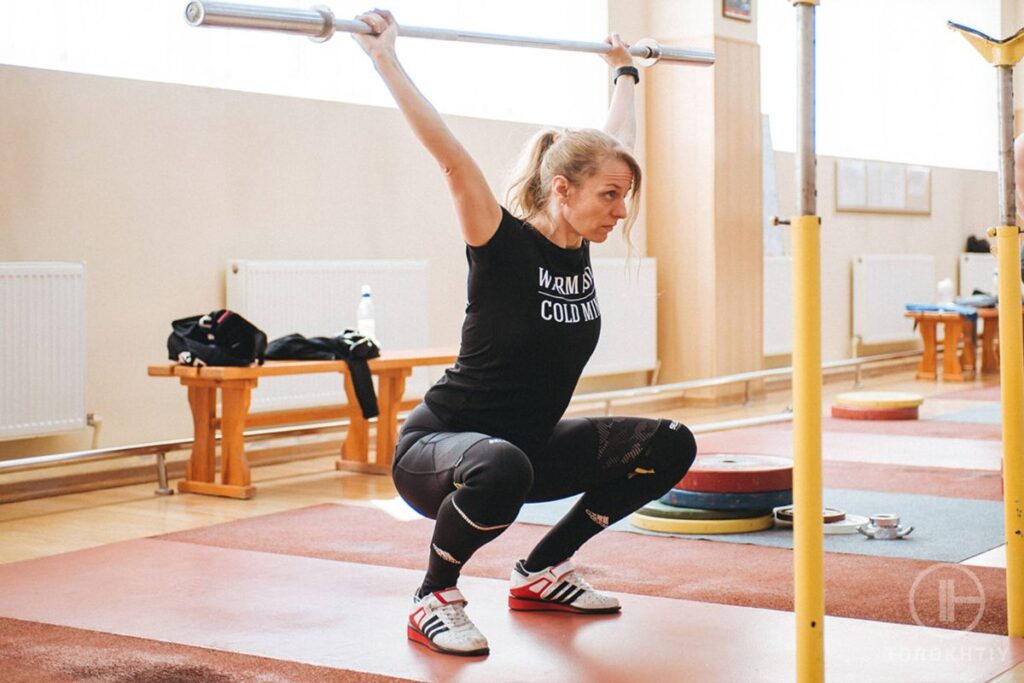
4. Rate of Perceived Exertion
In some training methodologies, intensity is also considered in terms of the lifter`s rate of perceived exertion (RPE) or the difficulty of the attempt. This is not a classical intensity parameter, but it can be used as a subjective measure. The athlete is asked to rate how difficult he feels he is training considering his heart rate, breathing, sweating, and muscle fatigue.
| Rating | Perceived Exertion Level |
| 0 | No exertion |
| 1 | Very light |
| 2-3 | Light |
| 4-5 | Moderate / Somewhat hard |
| 6-7 | High / Vigorous |
| 8-9 | Very hard |
| 10 | Maximum effort |
Based on the answer, coaches can determine whether the intensity of lifting needs to be decreased, increased or maintained based on goals.
These parameters and methods have their own advantages. The standard intensity parameters (absolute, relative intensity, intensity zones) gives clear, quantifiable guidelines, but it doesn’t account for day-to-day fluctuations in the lifter`s power and readiness to train. On the other hand, the RPE approach allows for more individualization to the athlete`s current state, but it requires the weightlifter to have good judgment and self-awareness.
In addition to workout volume vs intensity, some advanced coaches may use methods like velocity-based training, where speed of the lift is used to monitor and adjust the training intensity.
What Is Best: Intensity Or Volume?
In Olympic weightlifting, both volume and intensity are very important parameters of an effective training program and each plays a role in different aspects of performance.
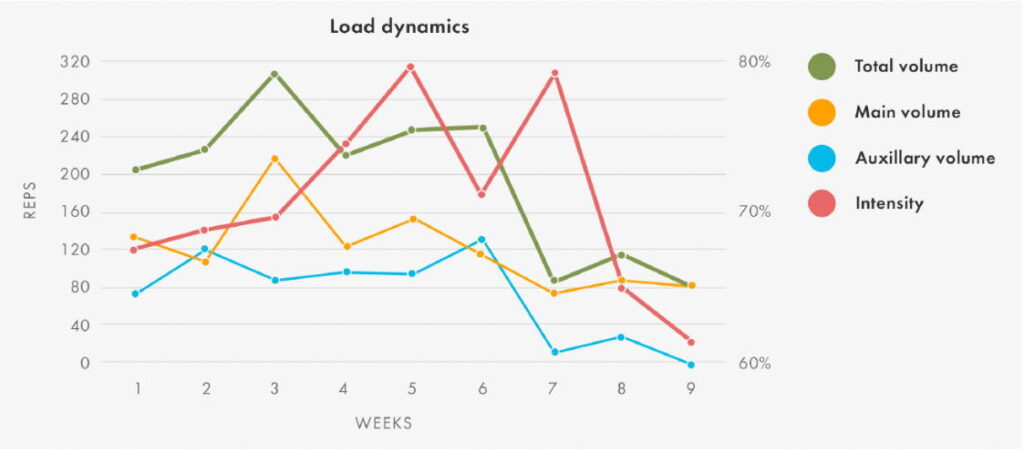
The choice between focusing on volume or intensity isn’t as straightforward as one being universally “better” than the other, as it very depends on the specific goals of the lifter, as well as his current training phase.
1. Hypertrophy
So, volume vs intensity for hypertrophy? Volume is generally considered to be a key driver of muscle growth. Higher volume workouts, which involve more sets and reps with a moderate intensity (60-80 %), can lead to more significant muscle hypertrophy.
2. Strength
Both volume and intensity are important for strength development, but in different ways. Training with high intensities (80-95%) is most effective for maximal strength growth, as it helps the nervous system to adapt to handling stress loads. Volume is also essential, as it contributes to muscle and strength development. A smart mix of two combinations of high intensity with low volume and moderate intensity with high volume is often recommended.
3. Power
Power is particularly important in Oly movements: Snatch and Clean and Jerk require a great deal of explosive strength. The way to develop power is work on high intensities (80 % and more). However, need to remember that power relies on being able to move weight quickly, so it is also effective to work with lighter weights (50-70%) at high speed.
4. Technique
For tech improvement, lower intensities are typically programmed. This allows lifters to execute drills with proper form and without the excessive fatigue that can come from heavy weights. High volume can be beneficial here as well, as performing more reps gives the lifter more practice.
🔻FREE OLYMPIC WEIGHTLIFTING PROGRAM
Get started on your weightlifting journey with the Torokhtiy Free Olympic Weightlifting Program! Perfect for beginners, this FREE 2-week program focuses on Snatch and Clean & Jerk techniques. Suitable for all levels, it’s designed for muscle and technical preparation.
Download now for FREE!
FAQ
Should I Focus On Intensity Or Volume?
In fact, it depends on your specific goal. For muscle growth, higher volume is crucial. For increasing maximal strength and power, high intensity lifts are beneficial. Need to remember, that effective training program must include both, changing the focus between volume and intensity over different periods of training.
What Is The Difference Between Volume And Intensity For Growth?
Volume or intensity for muscle growth? Intensity and volume both contribute to muscle growth, but in different ways. Volume is a total measure of sets and reps and is generally associated with muscle growth as it increases time under tension and stimulates muscle fibers to grow. Intensity, defined as quality of training work and usually calculates in % from 1 RM, is key for strength gains. However, training at high intensity can also stimulate muscle hypertrophy, especially for more experienced athletes.
Conclusion
An effective weightlifting program should incorporate a variety of volume and intensity combinations to target all aspects of training. It must be done in a periodized manner, with different phases of training. For example, a lifter might spend a few weeks focusing on volume to build muscles and improve technique. Then, leading up to competition, shift to a phase of high intensity to develop power and strength and after a tapering week to get in the best shape. Now it’s your turn to share your thoughts in the comment section below.
Also read:
- Critical Weightlifting Mistakes
- Power Clean
- How to Warm Up Before Lifting
- What Is a Deload Week in Weightlifting
- Power Clean vs Deadlift
References:
- Risk factors for sports injuries–a methodological approach // NCBI: https://pubmed.ncbi.nlm.nih.gov/14514527/
- Comparison of Weightlifting, Traditional Resistance Training and Plyometrics on Strength, Power and Speed // NCBI: https://www.ncbi.nlm.nih.gov/pmc/articles/PMC9213388/
- The Masters athlete in Olympic weightlifting // NCBI: https://pubmed.ncbi.nlm.nih.gov/33275639/
- Unique aspects of competitive weightlifting // NCBI: https://pubmed.ncbi.nlm.nih.gov/22873835/
- Developing explosive power: a comparison of technique and training // NCBI: https://pubmed.ncbi.nlm.nih.gov/11339494/
Why Trust Us?
With over 20 years in Olympic Weightlifting, our team does its best to provide the audience with ultimate support and meet the needs and requirements of advanced athletes and professional lifters, as well as people who strive to open new opportunities and develop their physical capabilities with us.
By trusting the recommendations of our certified experts in coaching, nutrition, dietology, and sports training programming, as well as scientific consultants, and physiotherapists, we provide you with thorough, well-considered, and scientifically proven content. All the information given in the articles concerning workout programming, separate exercises, and athletic performance, in general, is based on verified data. We ensure that you can rely on our professionals’ pieces of advice and recommendations that can be treated as personalized ones which will benefit you and fully meet your needs.
The product testing process is described in more detail here
Author: Sergii Putsov
Head of Sport Science, PhD
Best Results: Snatch – 165 kg,
C&J – 200 kg
Sergii Putsov, Ph.D., is a former professional weightlifter and National team member, achieving multiple medals in the 94 kg weight category at national competitions. With a Master’s degree in “Olympic & Professional Sport Training” and a Sport Science Ph.D. from the International Olympic Academy, Greece, Sergii now leads as the Head of Sport Science. He specializes in designing training programs, writing insightful blog articles, providing live commentary at international weightlifting events, and conducting educational seminars worldwide alongside Olympic weightlifting expert Oleksiy Torokhtiy.

